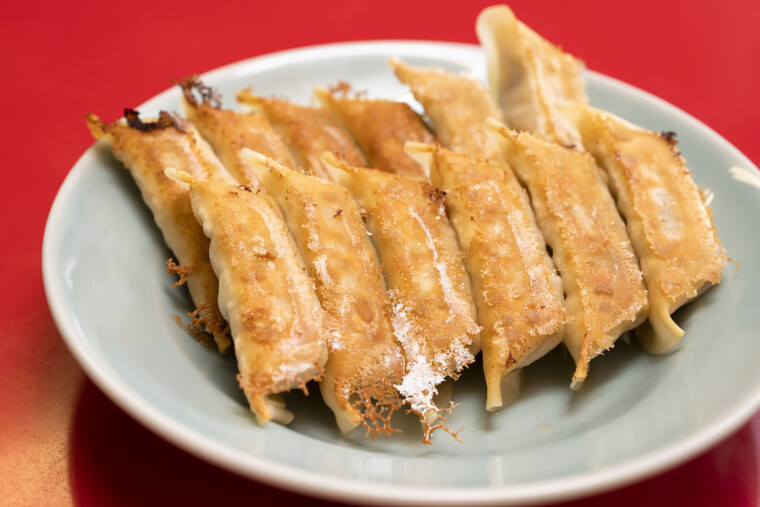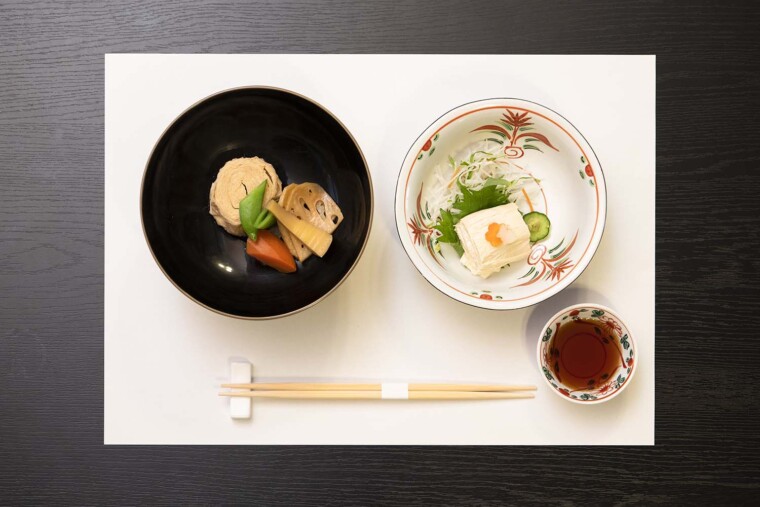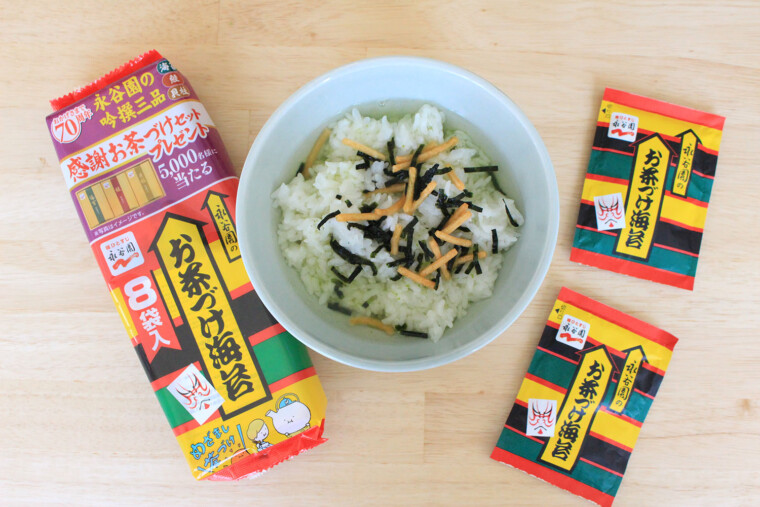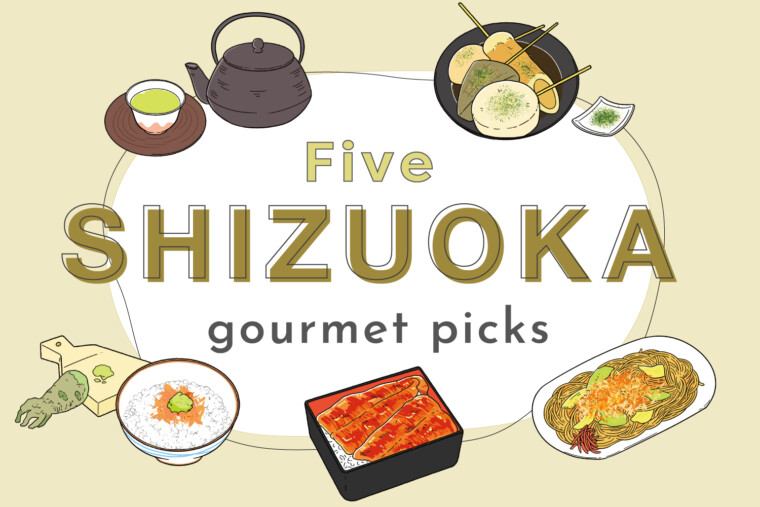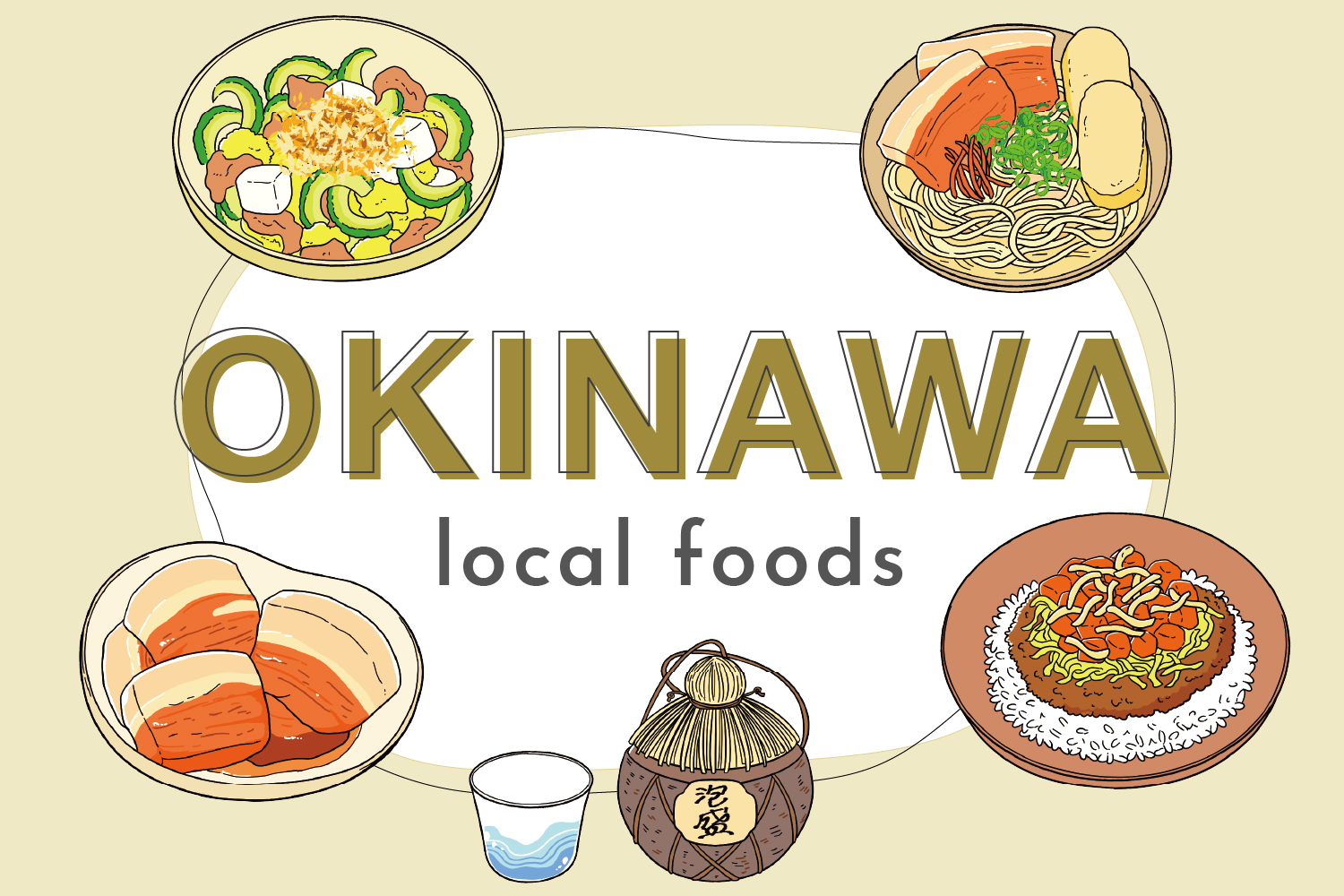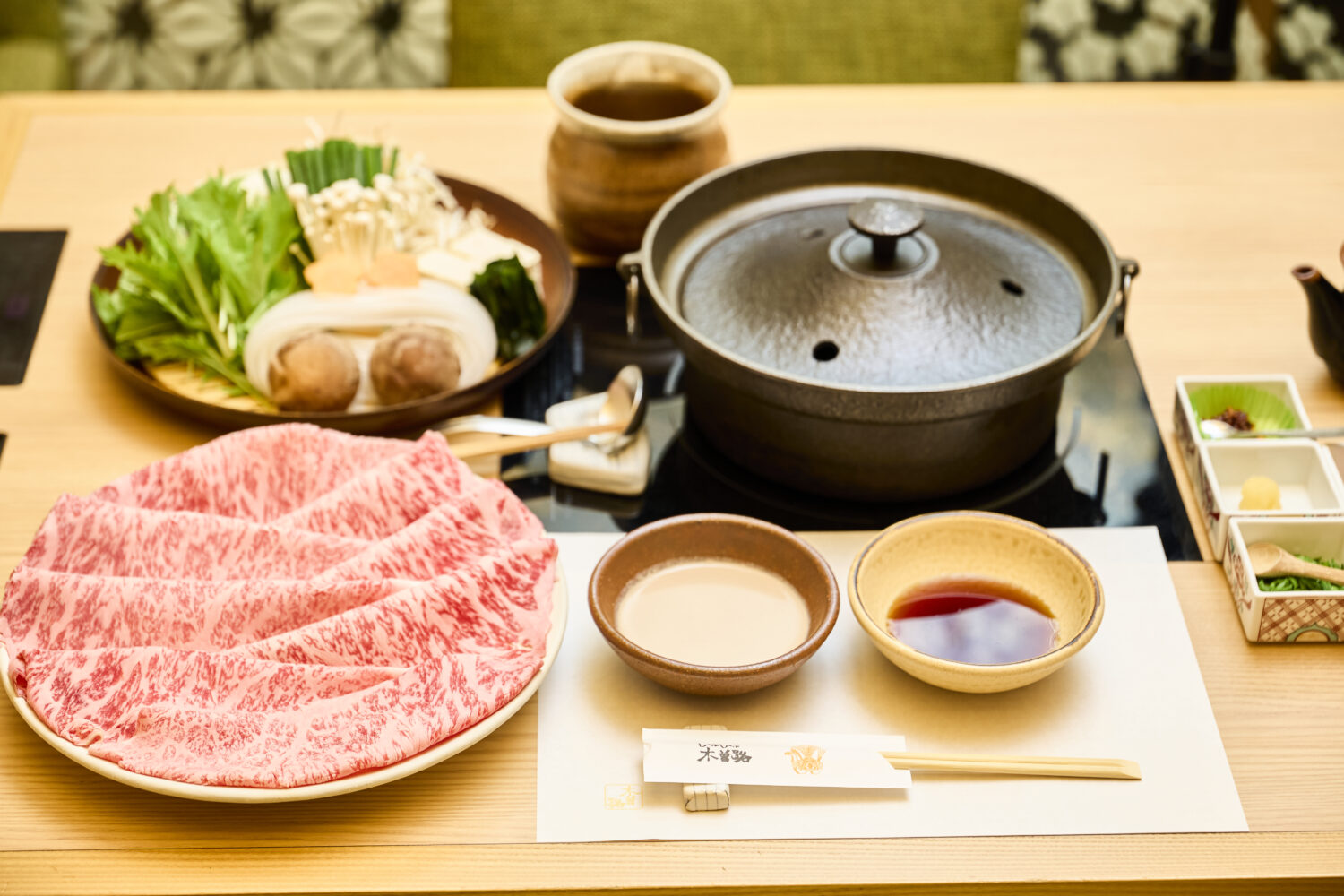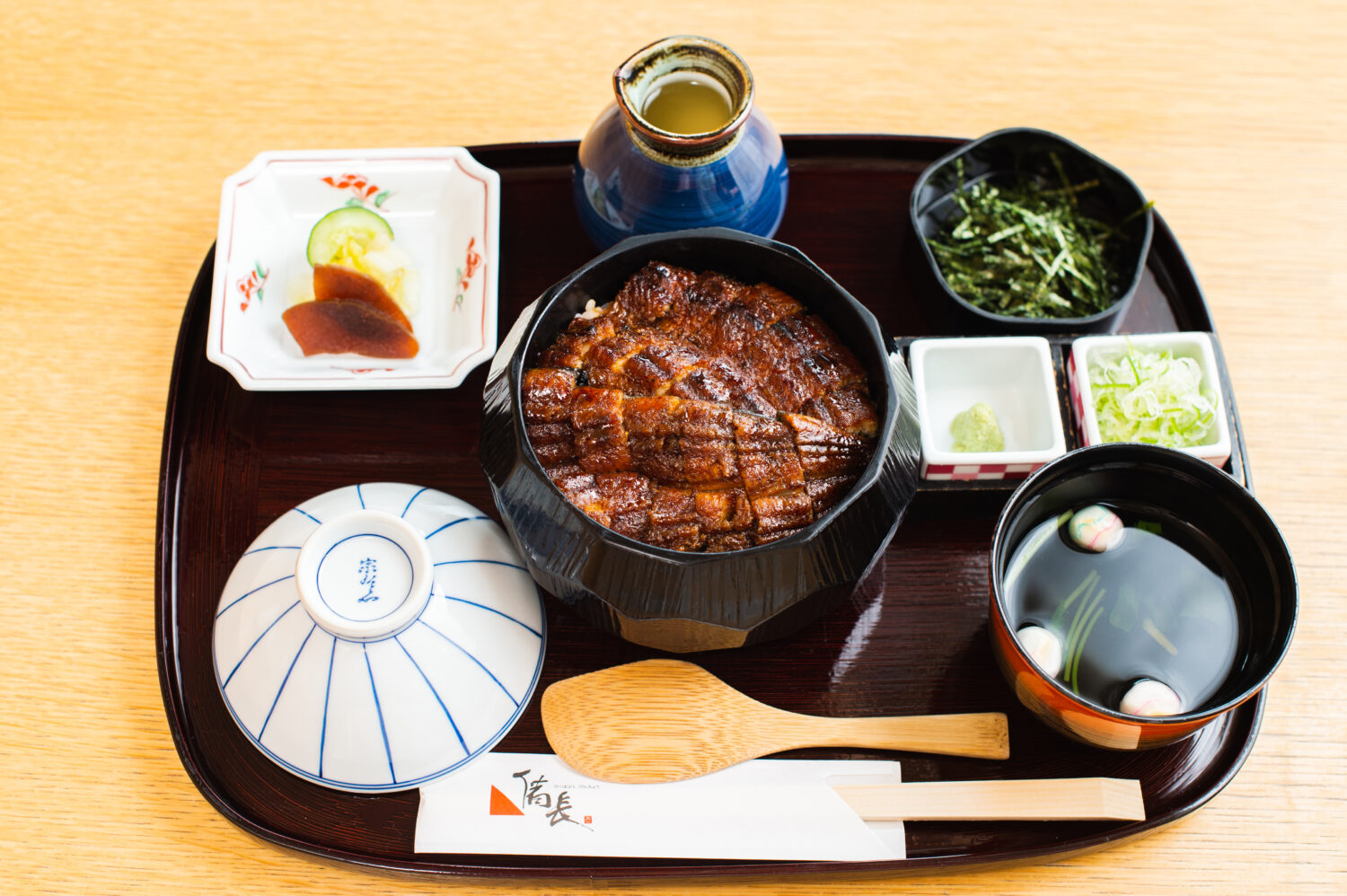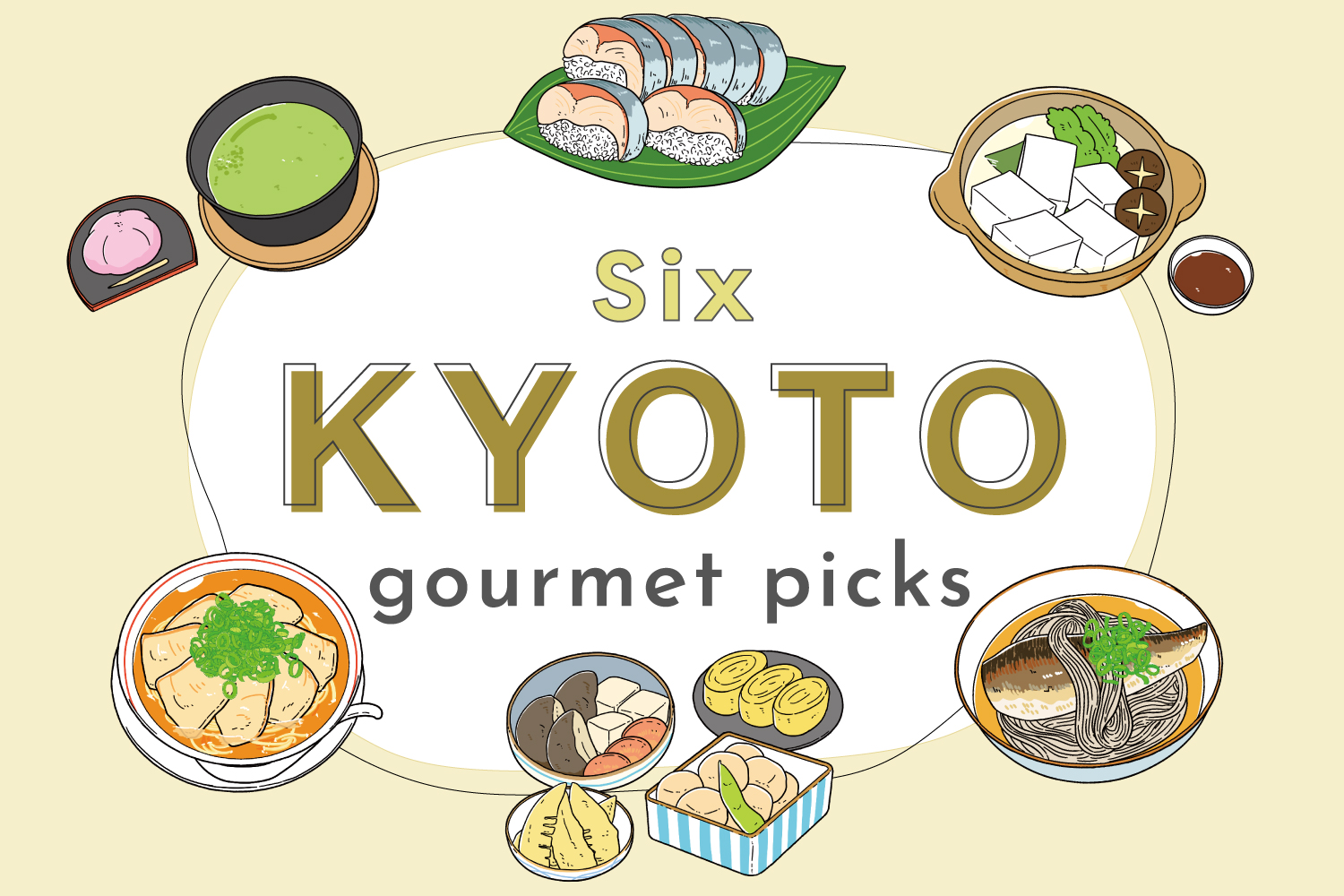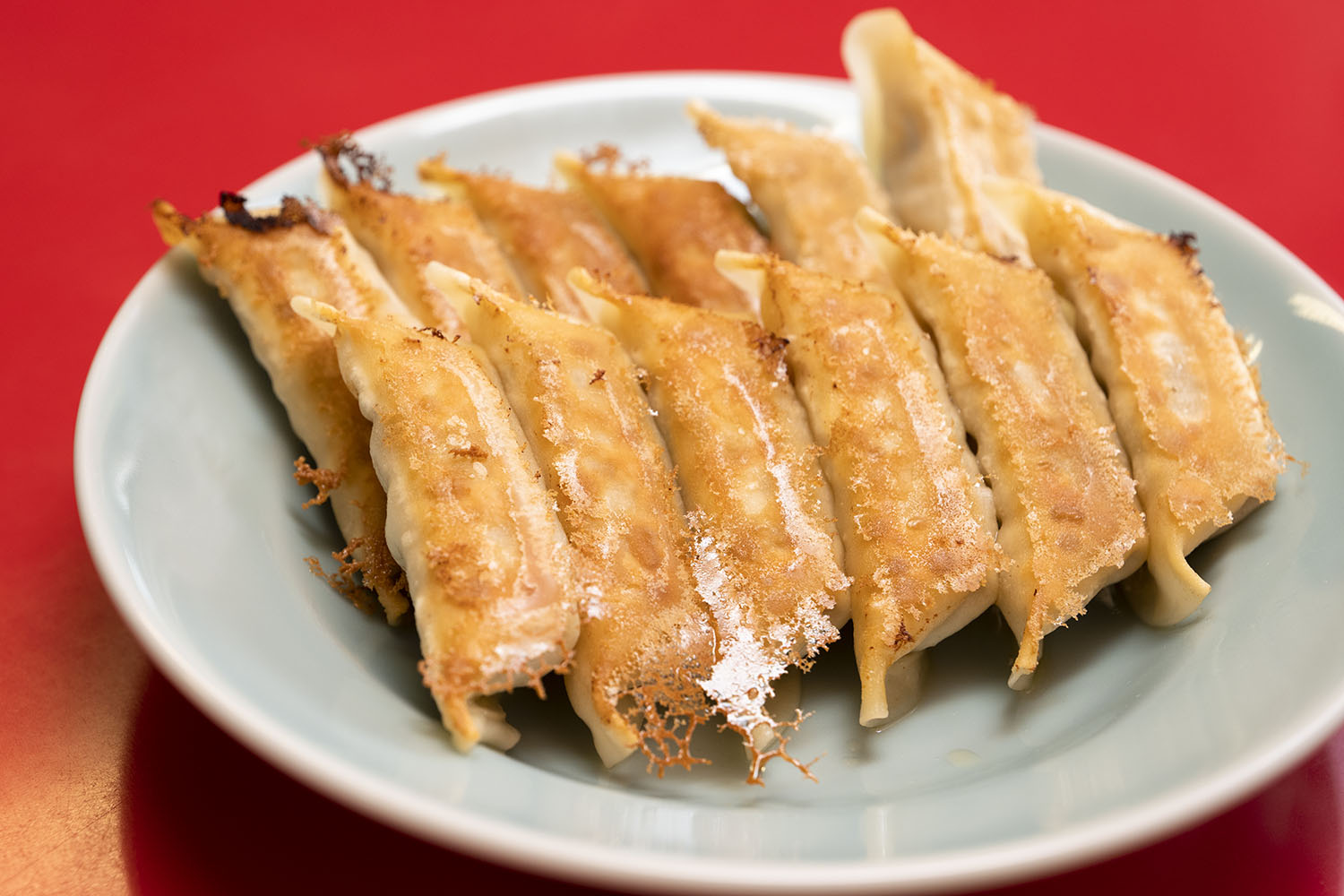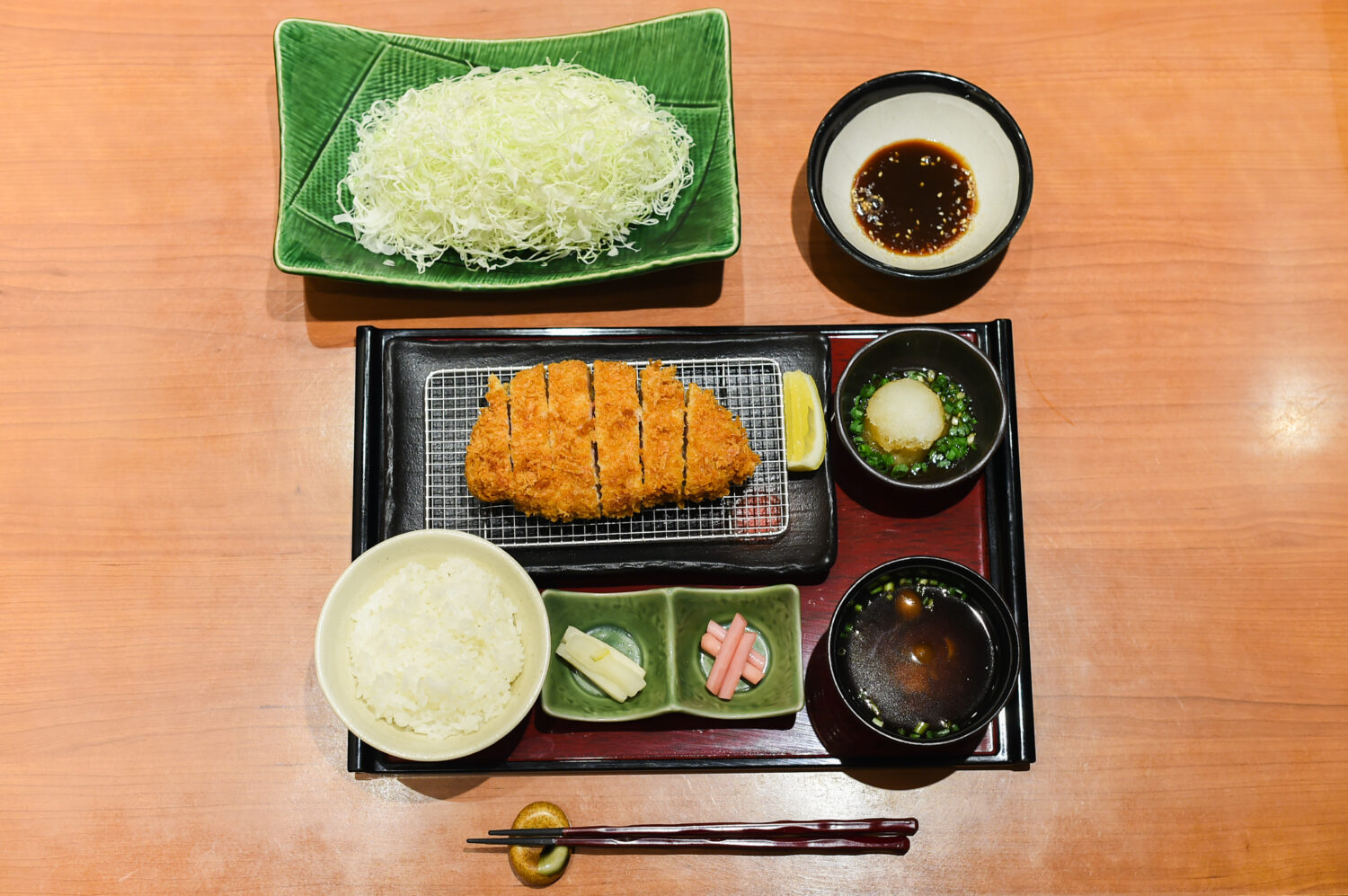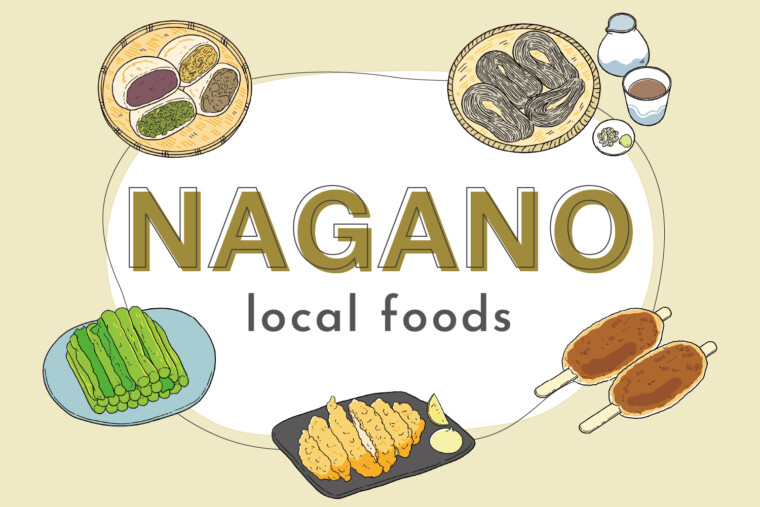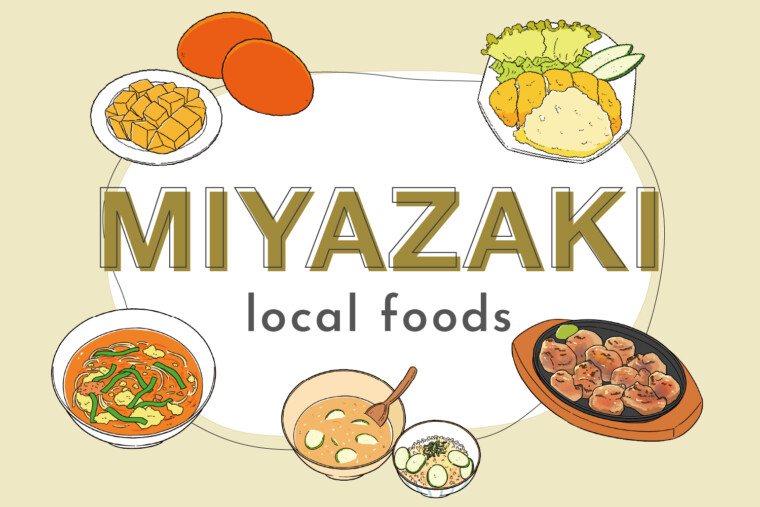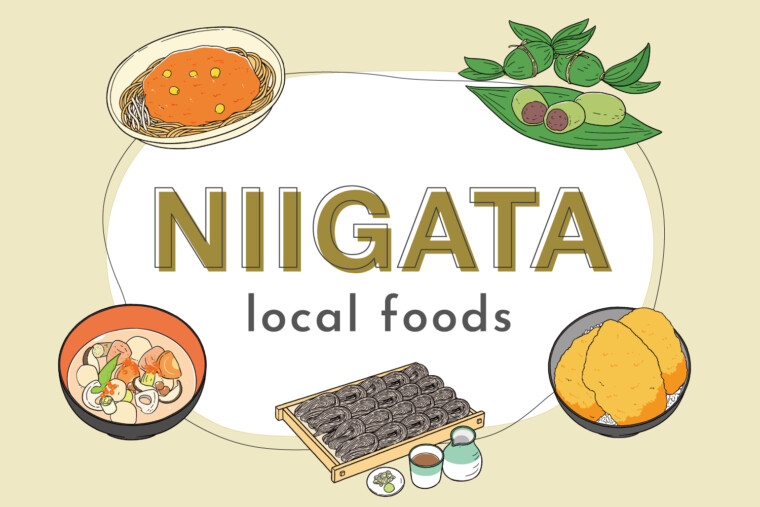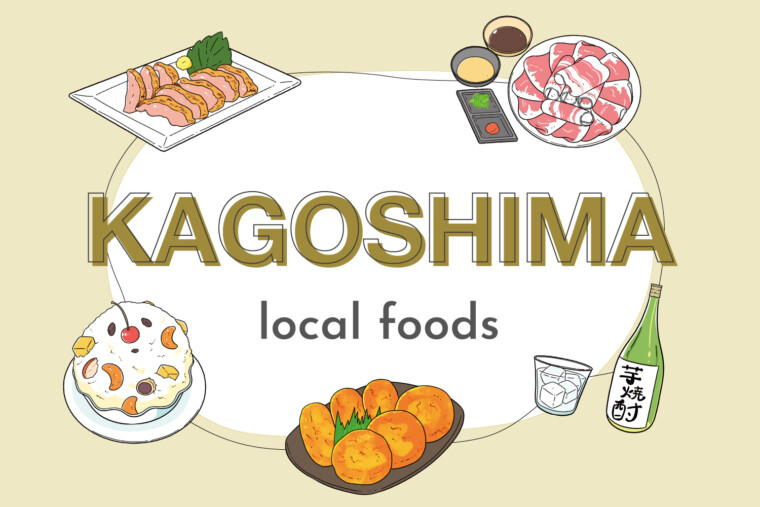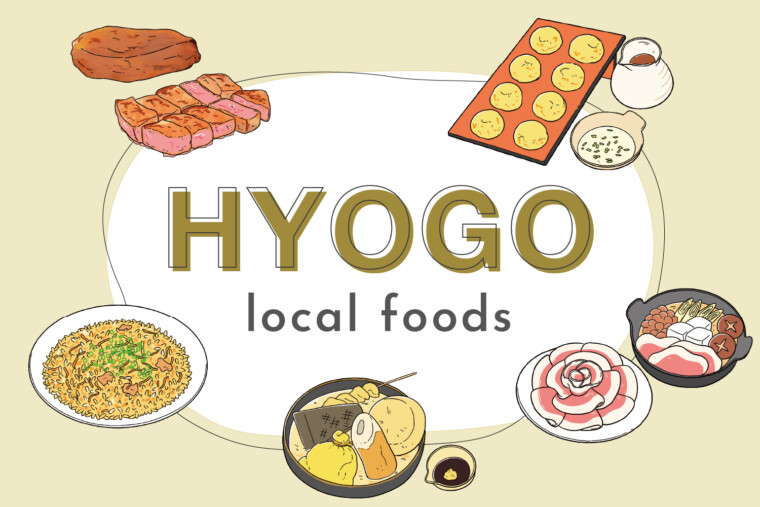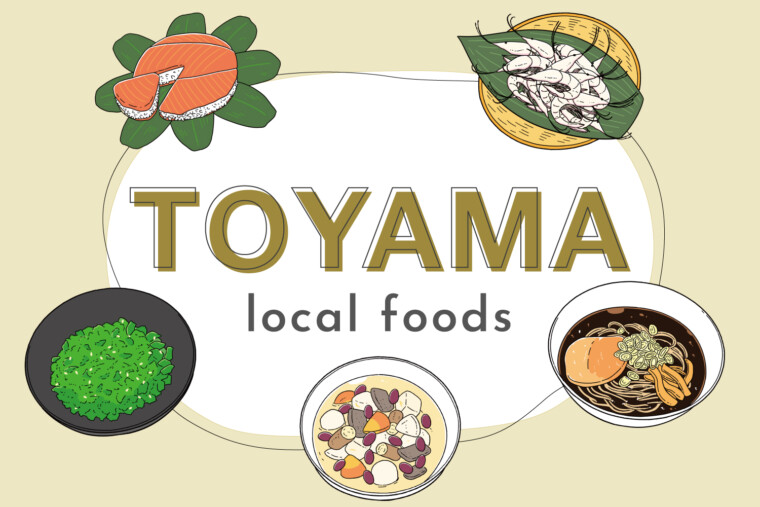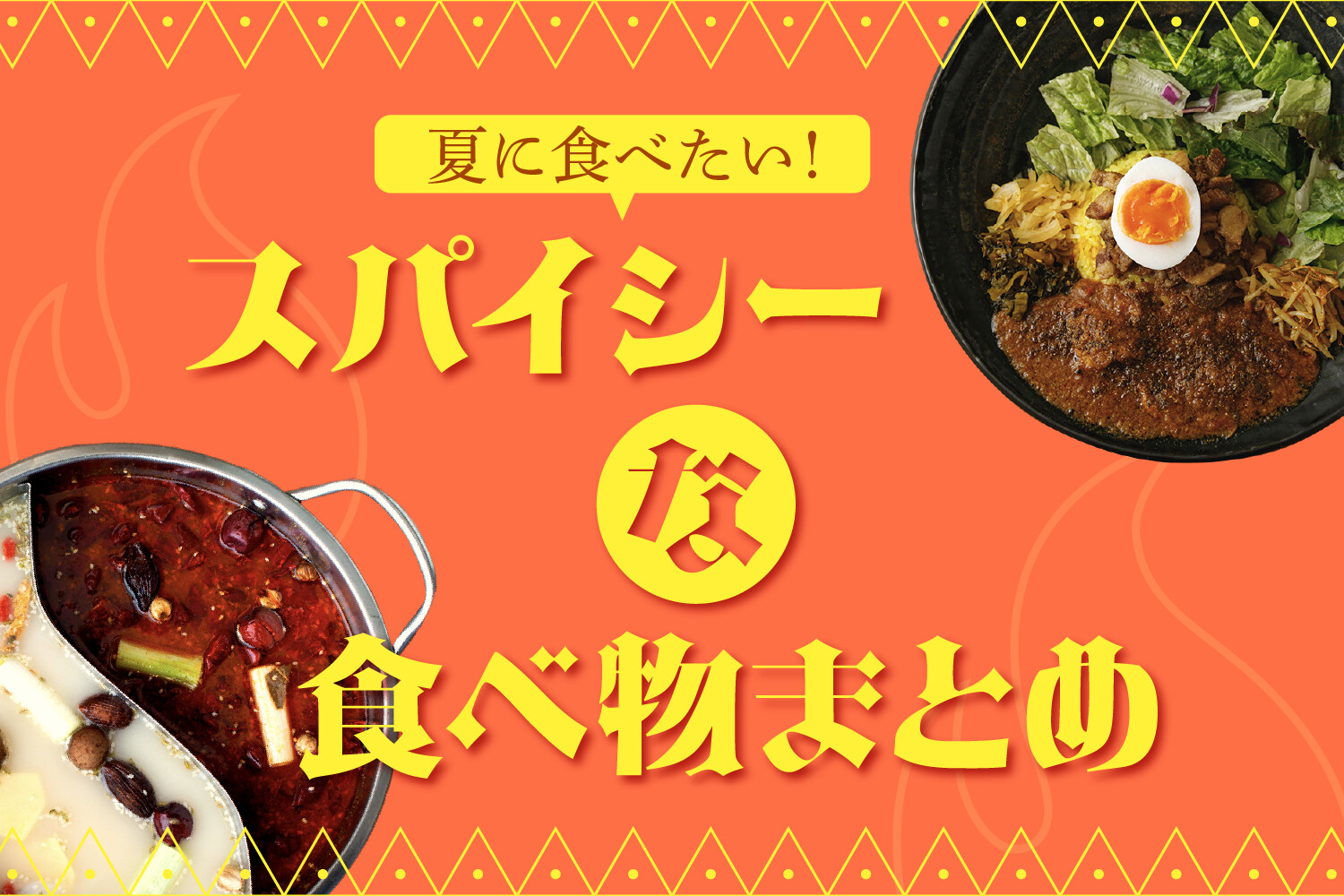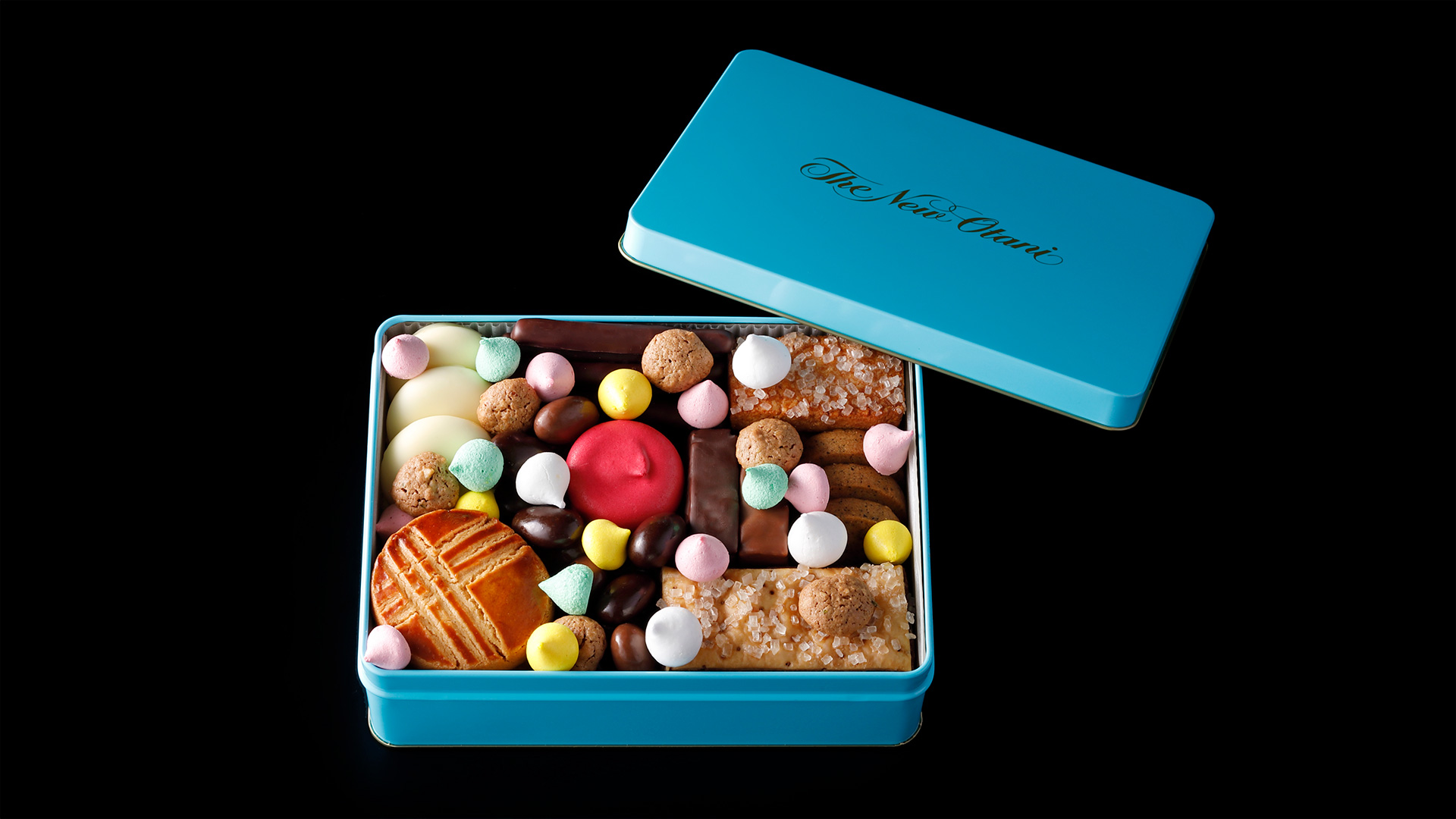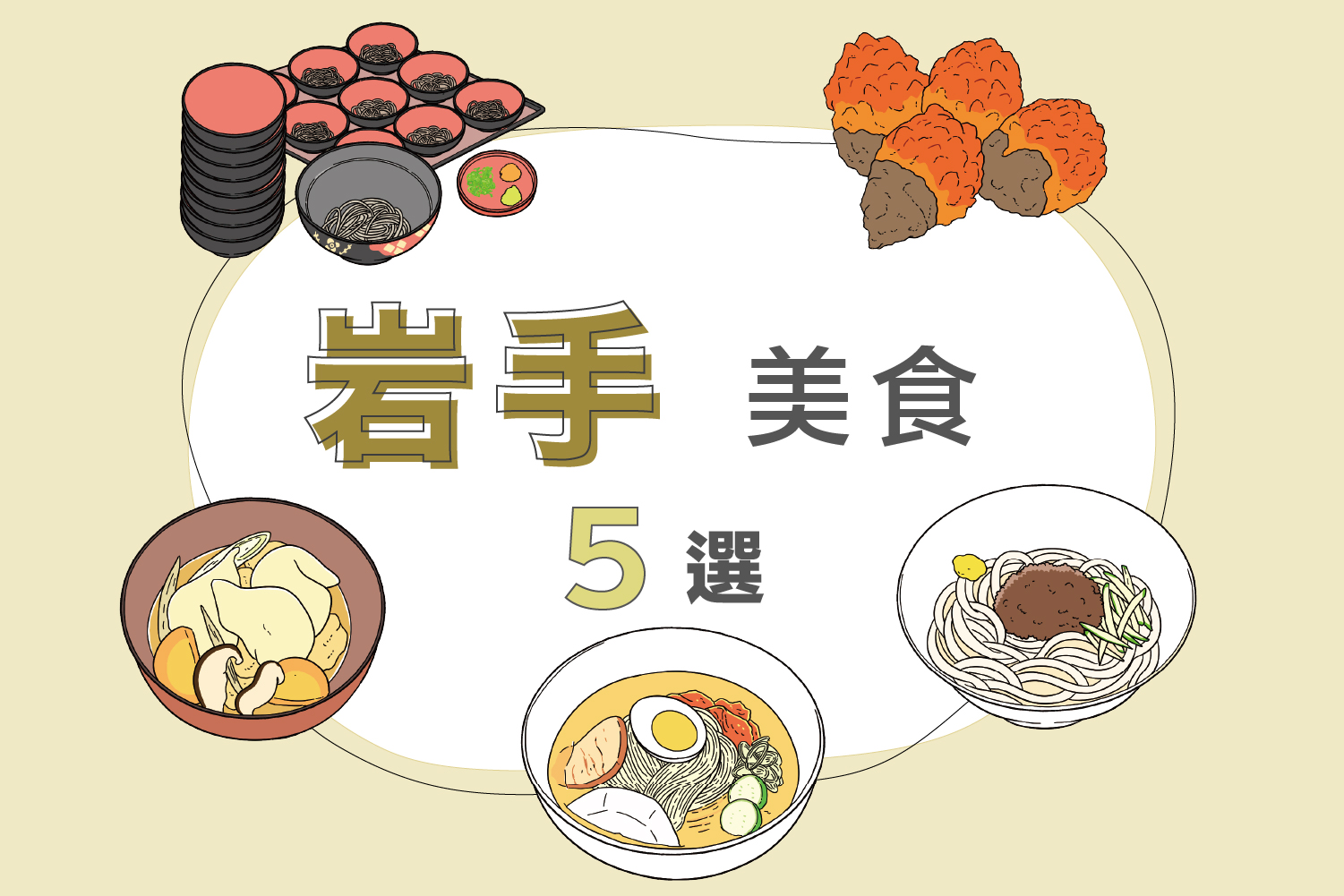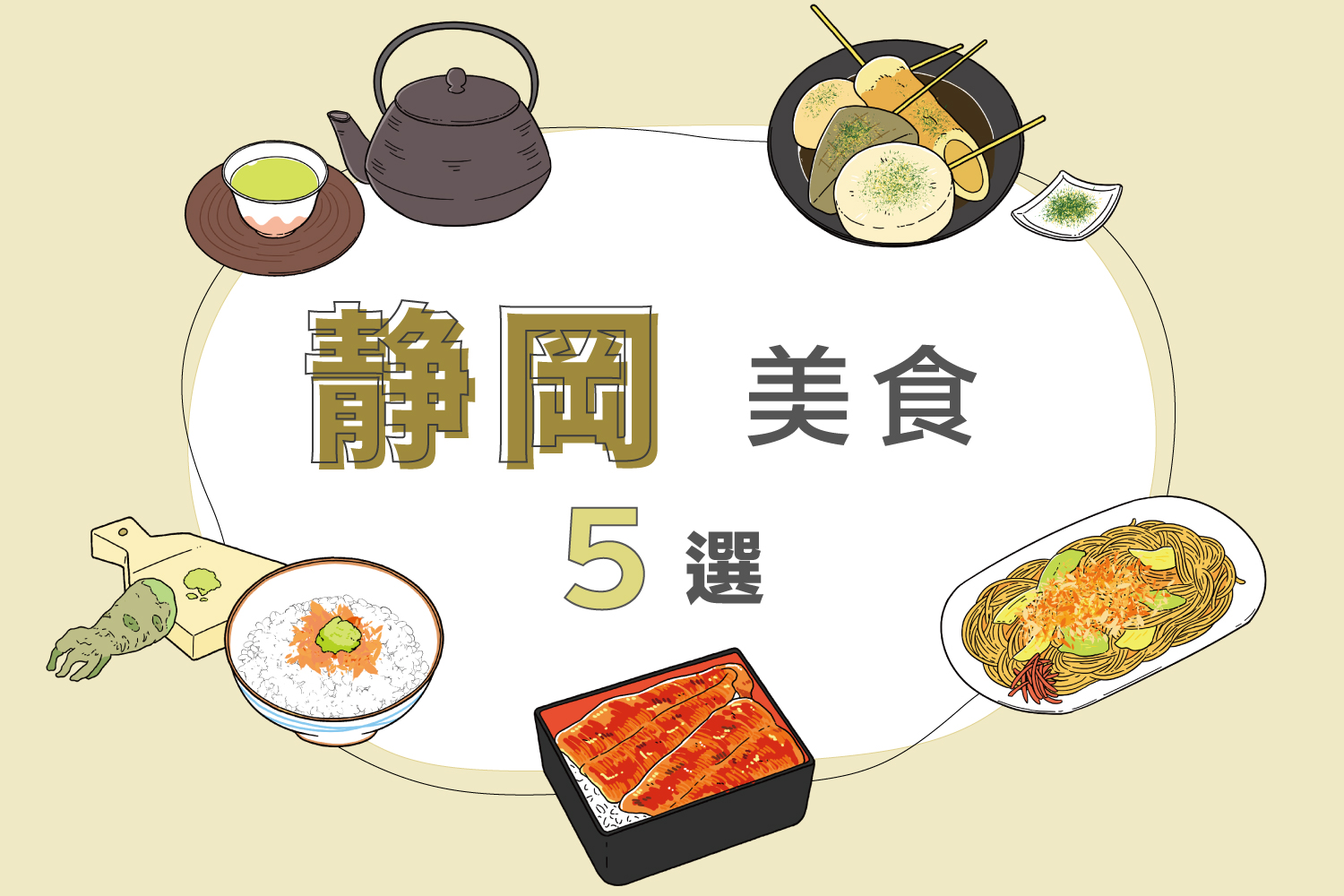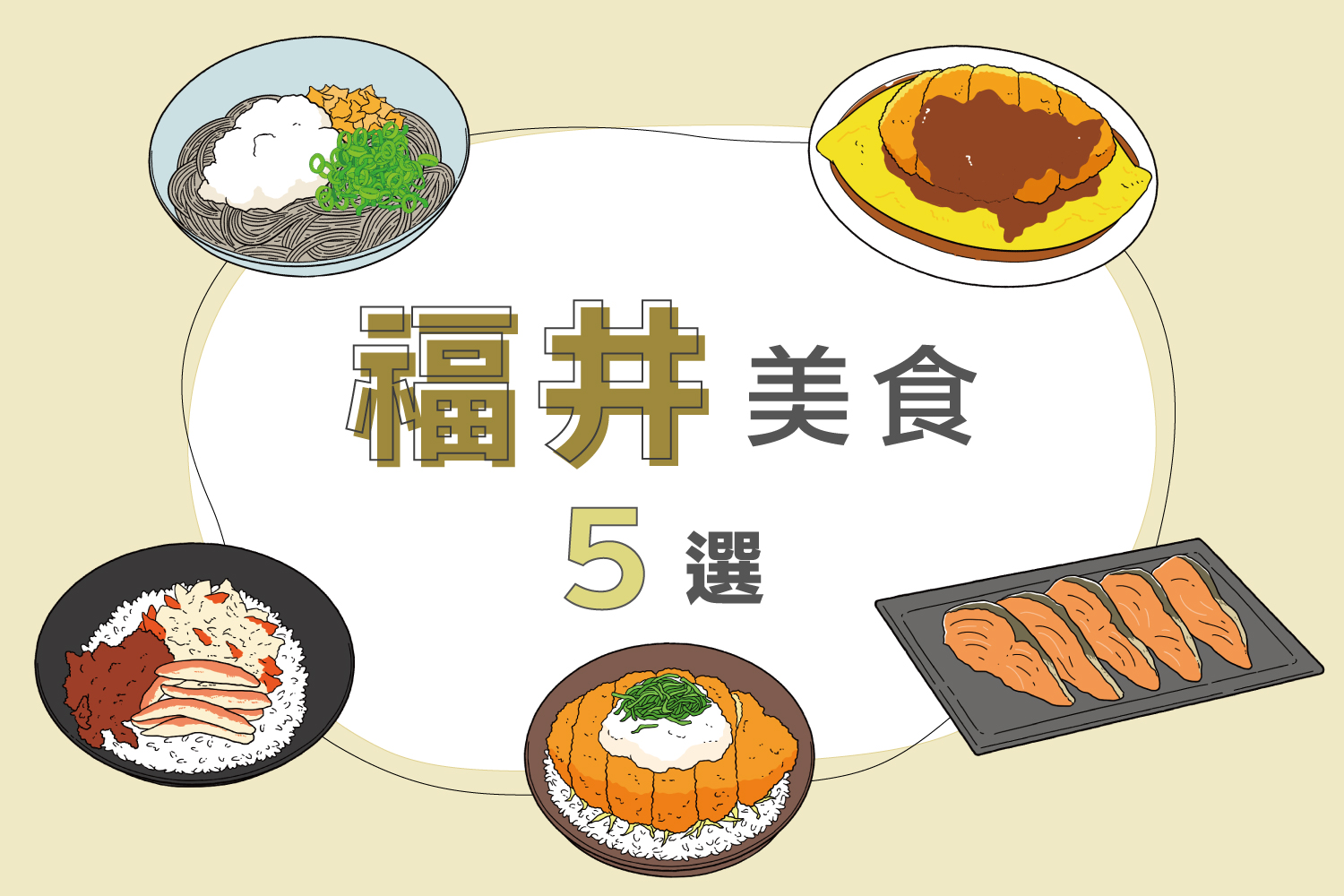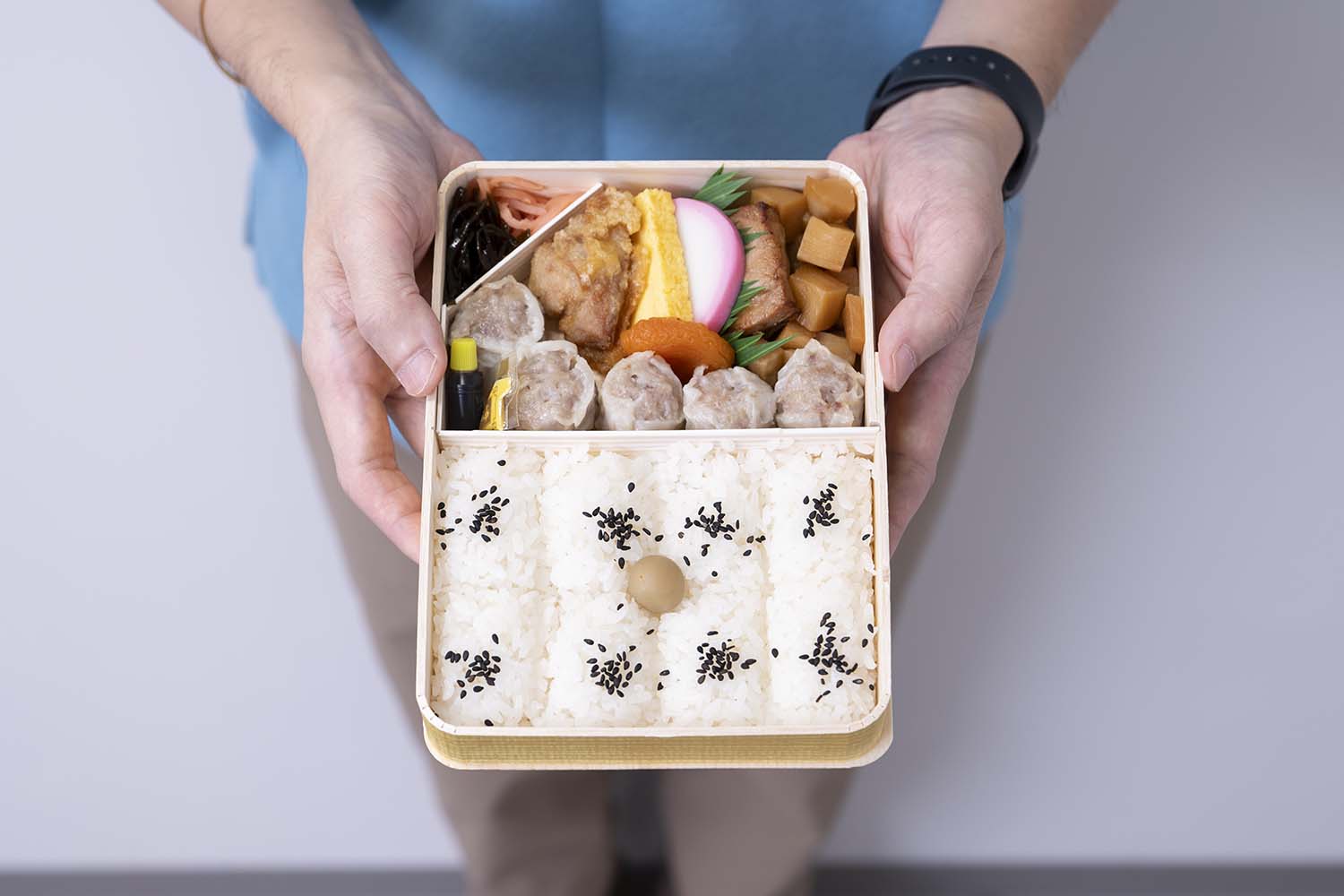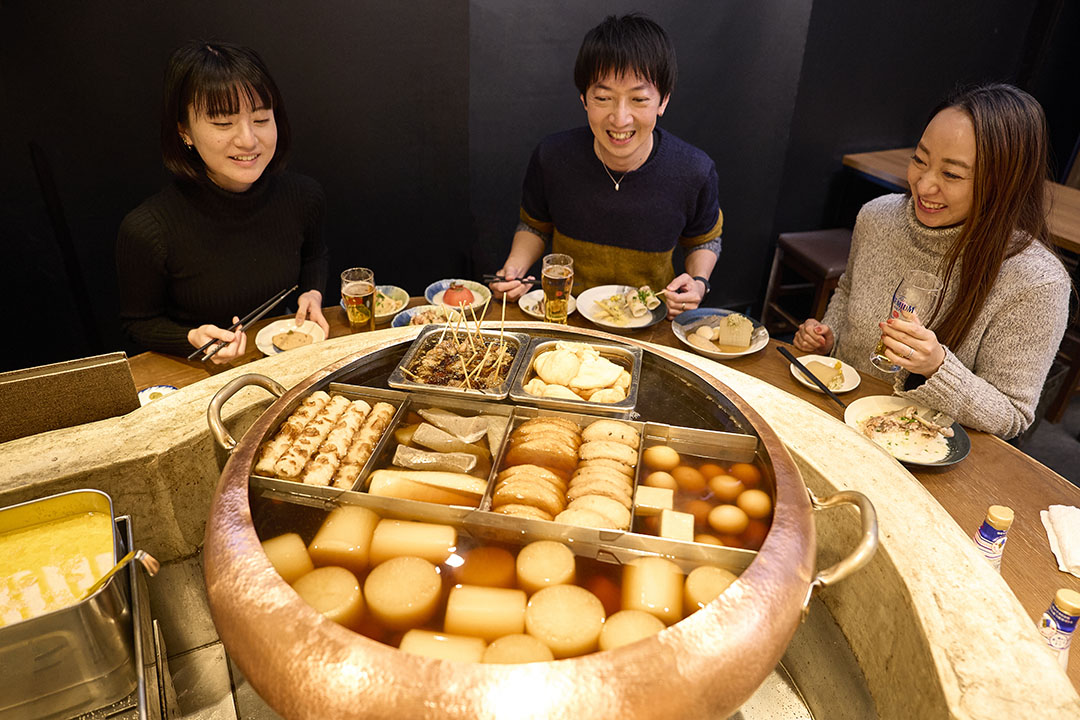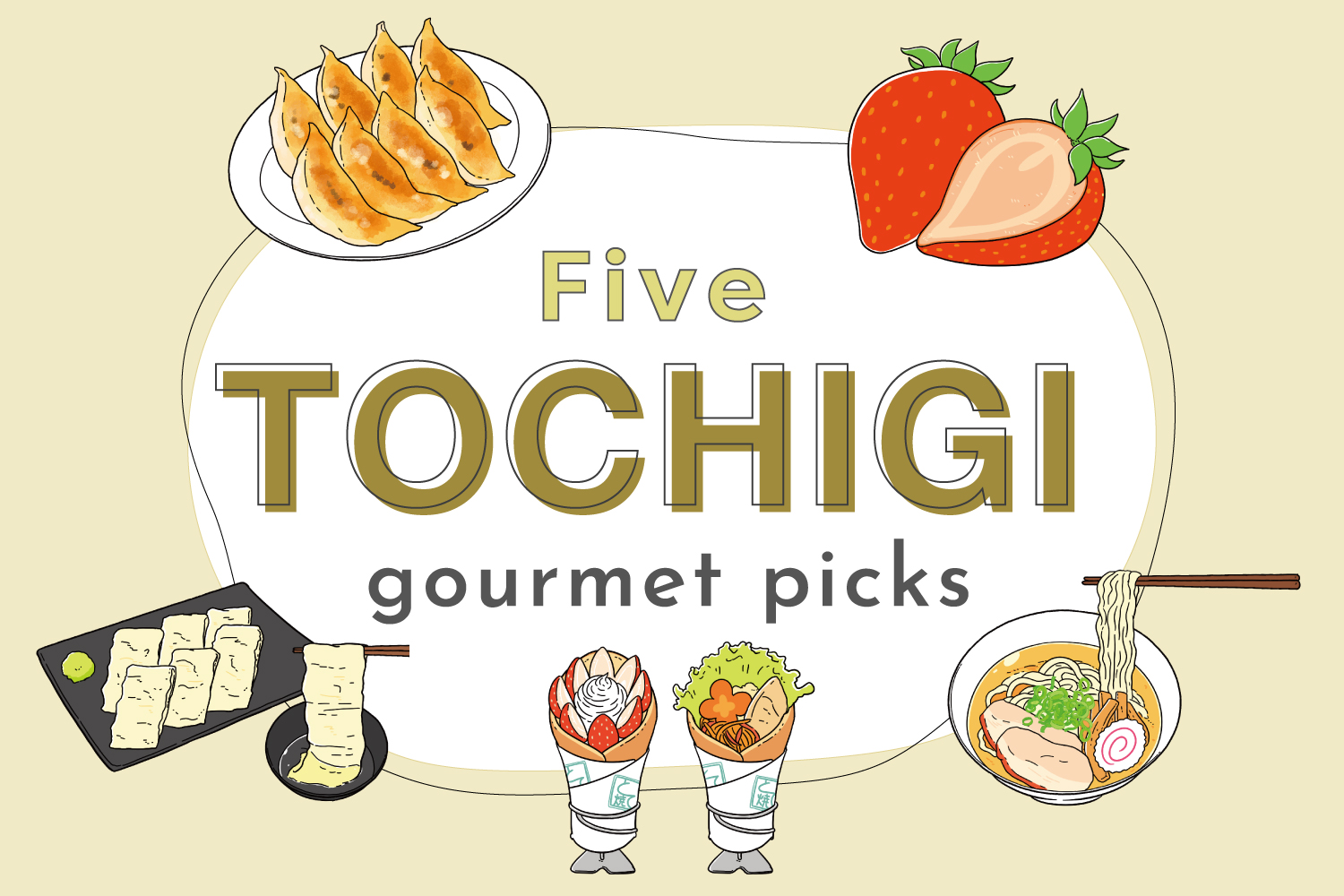
5 Local foods in TOCHIGI | Utsunomiya gyoza, Sano ramen, Nikko yuba, Ichigo, and Toteyaki
Tochigi Prefecture is dotted with tourist locations, like the World Heritage Site known as Nikko Toshogu. It’s also the home of Lake Chuzenji, which has been a popular summer resort since the Meiji period. Although the prefecture has no ocean access, the Kinugawa and Naka rivers bless the are with abundant water and river fish. It’s also the largest producer of strawberries and kanpyo (dried gourd) in Japan, and has many specialty products.
share:
Table of Contents
宇都宮餃子® Utsunomiya gyoza
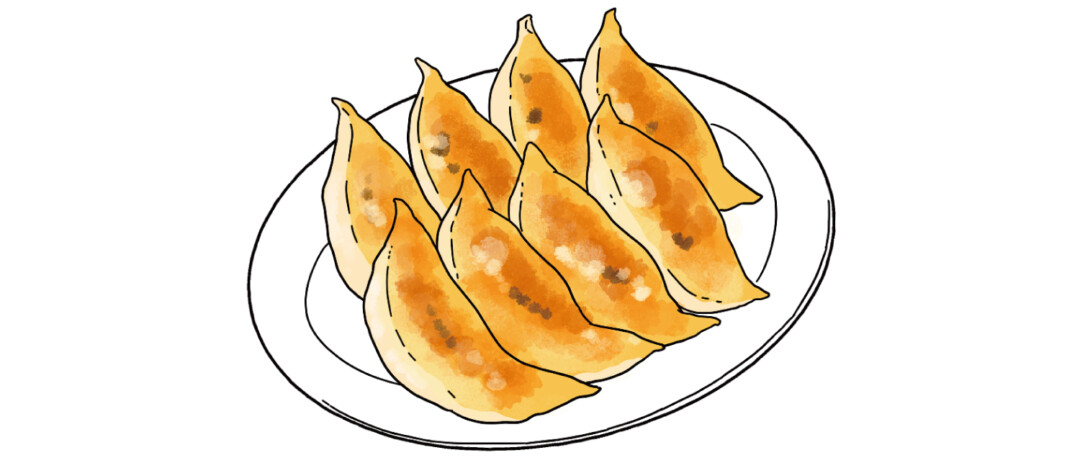
Utsunomiya is famous for its gyoza (dumplings). This area produces large amounts of wheat and chives, both ingredients for gyoza. Because of the hot summers and cold winters in the area, gyoza, considered stamina food, was even more popularized. Utsunomiya gyoza is made by wrapping vegetables into a thin gyoza skin. They are dipped into a soy and red chili oil-based sauce. Each restaurant has they’re on variant of this sauce.
佐野ラーメン Sano ramen
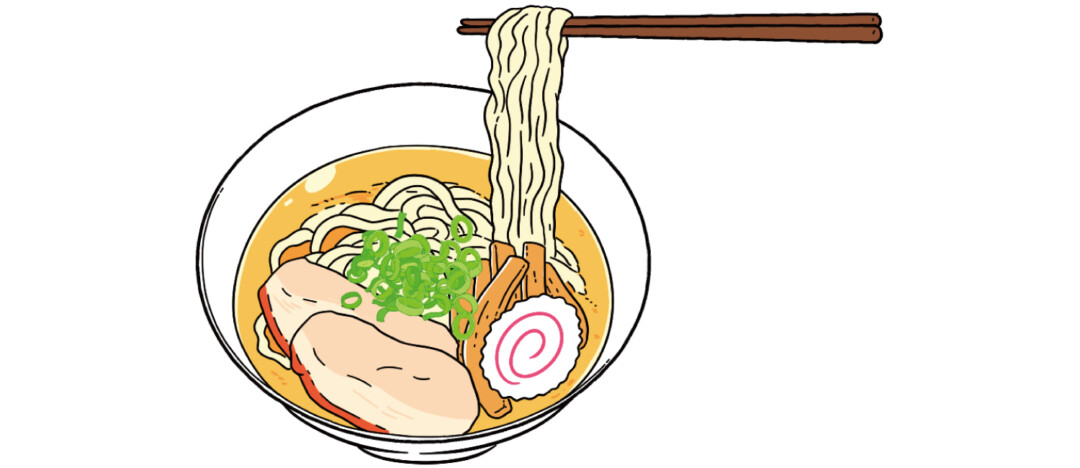
Sano Ramen is the local noodle of Sano City in Tochigi. Sano city is famous for its high-quality water, with their main source, Izuruhara Bentenike Spring listed in the top 100 best waters in Japan.
Sano Ramen is characterized by its light soy sauce flavored soup made with their quality water, and soft noodles. The origins of Sano Ramen come from a Chinese chef who introduced a noodle-making technique known as “green bamboo rolls” to the city between 1912 and 1926. February 25th is considered Sano Ramen Day, and many ramen shops will have a special service in celebration.
日光湯波 Nikko yuba
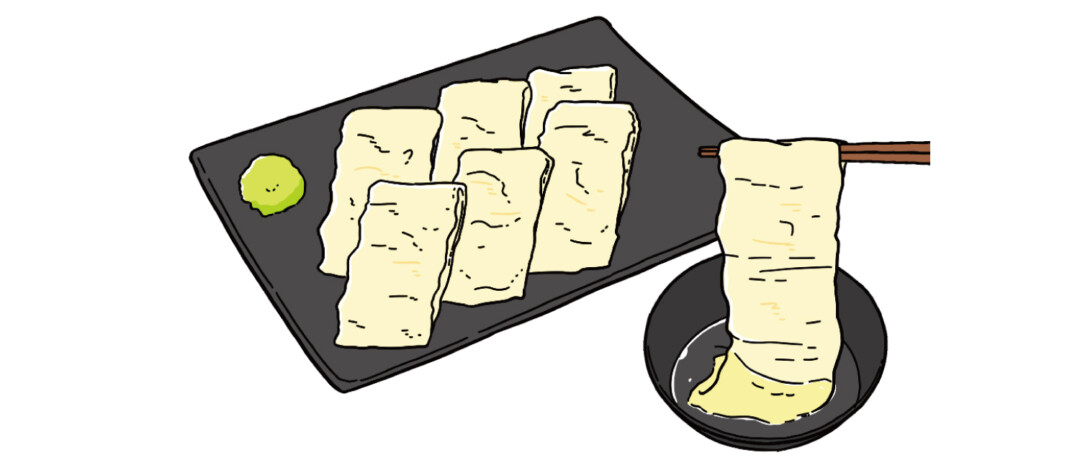
Tochigi Prefecture is famous for yuba, same as Kyoto. Yuba is said to have been introduced from China around 1200 A.D. Eaten as a vegetarian food, it became more popular in the late 1800s.
Nikko Yuba is made from boiled soy milk. As it gets hot, it forms a tofu “skin” layer at the top. Using a metal skewer, this layer is picked up and rolled to create yuba. It’s used in a variety of meals, such as simmered, one-pot, or even sashimi dishes. Among them, fried and simmered yuba are considered the best specialties.
いちご Ichigo

Tochigi Prefecture boasts the largest strawberry harvest in Japan. Strawberry cultivation takes advantage of the winter climate, and the long sunlight hours of sunny days. The Strawberry Research Institute has been established to develop new strawberry varieties and cultivate strawberries on a daily basis. Some of these new variants, such as Tochiotome, Tochiaika, Tochihime, Skyberry, Natsuotome, and Milky Berry, have all been produced in Tochigi.
とて焼き Toteyaki
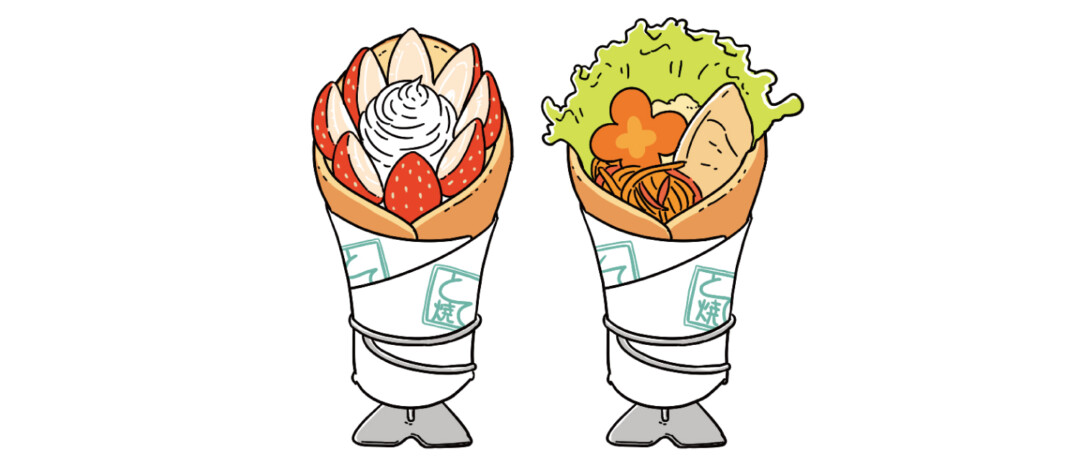
Shiobara Onsenkyo is located in the northern area of Tochigi, know as Shiobara. During the late 1800s, the main means of transportation were horse drawn carriages, known as totebako. Taking inspiration from this, Toteyaki is food shaped like the horns that the carriages would use.
Nasushiobara city is the second largest producer of raw milk in Japan. Local milk and eggs are used to make the dough for the toteyaki. Even though it looks like a crepe at first glance, its texture is fluffy, similar to a sponge cake. Fillings for toteyaki vary store to store, but often its filled with red bean paste, or buckwheat noodles.
*The information is based on the time of reporting or creation, and may differ from the current situation.
share:










